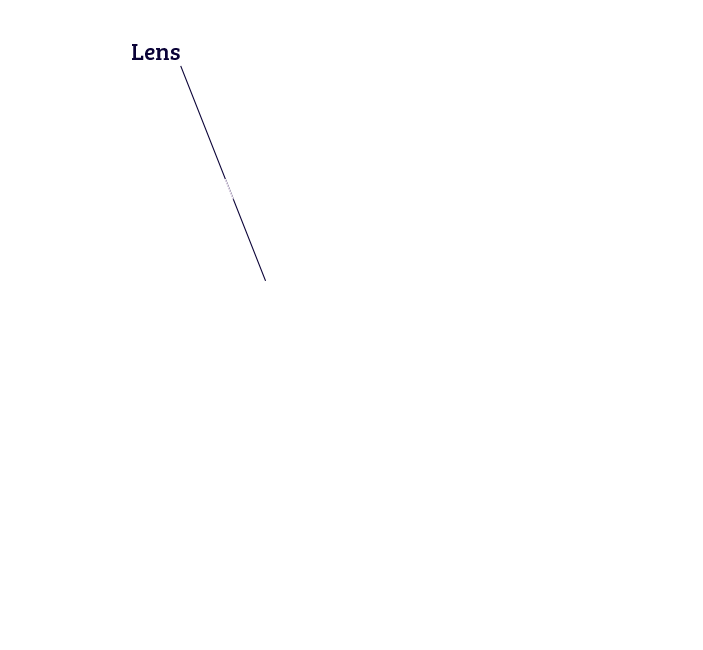Your eyes are made up of many different parts that work together to help you see. Check out the diagrams below to learn about each part of your eye and what it does.
Wikipedia
Résultats de recherche
jeudi 4 juillet 2019
About the Eye
About Ernest
Soratemplates is a blogger resources site is a provider of high quality blogger template with premium looking layout and robust design. The main mission of templatesyard is to provide the best quality blogger templates.
All About Vision
Libellés :
About Eye,
All About Vision
Inscription à :
Publier les commentaires (Atom)


















































Aucun commentaire:
Enregistrer un commentaire